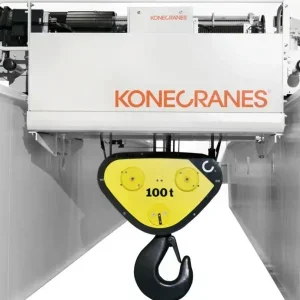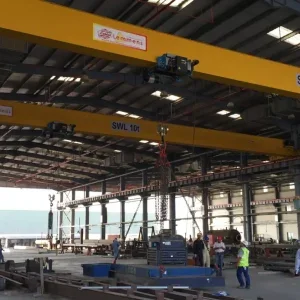Operation of electrical equipment in hazardous areas will become even more complicated in the European Union when the Atex 137 Directive is implemented in 2003.
Hazardous locations are classified into zones to make it simpler to design suitable electrical installations and select the appropriate electrical apparatus. Table 1 below gives an overview of these zones and how equipment is allocated to them to meet the requirements of Directive 94/9/EC. This Directive covers the Manufacturer’s Declaration of Conformity and will become part of the Atex Directive in 2003.
In Zones 0 and 1, only electrical apparatus with a Certificate of Conformity and EC Type Examination Certificate may be used. In Zone 2 electrical apparatus which meets the basic health and safety requirements of the 94/9/EC Directive and which has a Manufacturer’s Declaration of Conformity can be used. Such electrical equipment must be designed so that it ensures a normal standard of protection which corresponds to EN 50021/IEC 60079-15.
Due to the lack of availability of dedicated Zone 2 equipment, however, users have often been forced to have more expensive and technically complicated cranes and hoists that are designed for Zone 1 use. That is set to change, however, following the completion of a development programme by Stahl which has resulted in what it claims is the first-ever complete range of explosion-protected cranes, wire rope hoists and crane components especially optimised for Zone 2 use. In addition, as the components are designed to meet both nA (non-sparking equipment) and nde (flameproof enclosure) requirements, they even exceed some of the Atex Directive’s requirements, Stahl claims.
To meet regulatory demands, the new range has been designed and manufactured using all the latest technologies. The SHex n electric wire hoists, for example, are equipped with special three-phase AC squirrel cage motors capable of high rate switching. The twin-disc magnetic brake is maintenance-free and has asbestos-free brake linings with an extremely long service life and maintenance-free gearboxes ensure a long life, reduced noise and low temperature rise, Stahl claims.
The rope drive and drum have also been designed to meet the highest safety standards, Stahl says, while ensuring a long life. One of the key elements is a special ultra-flexible wire rope. Fine machining of the drum grooves minimises wear on the rope and the return sheaves are wear-resistant. The low headroom bottom hook block is claimed to be robust, despite a hook which Stahl describes as generously-dimensioned.
With the new range comes control equipment that is also optimised for Zone 2 use. Sparking devices, for example, – mainly contactors – are installed in a flameproof type d enclosure while the remaining control gear is installed in a type e enclosure. This indirect entry policy reduces risk and provides for simple installation and maintenance while giving an ‘Ex de’ level of protection.
Also new is the explosion-protected, two-step manual control pendant. It has three rocker switches that control lifting, trolley travel and crane travel, each with two speeds.
A patented monorail trolley can be infinitely adjusted to the beam width, making it simple to install. It comes with a standard flange width of 300 mm, and the rocker design of the double rail crab is to guarantee that all four wheels are always in contact with the rails.
As users often have their own requirements for meeting the Atex 137 Directive, Stahl is also offering a range of optional extras such as brass wheels, bronze-coated load hooks and stainless steel wire ropes.






